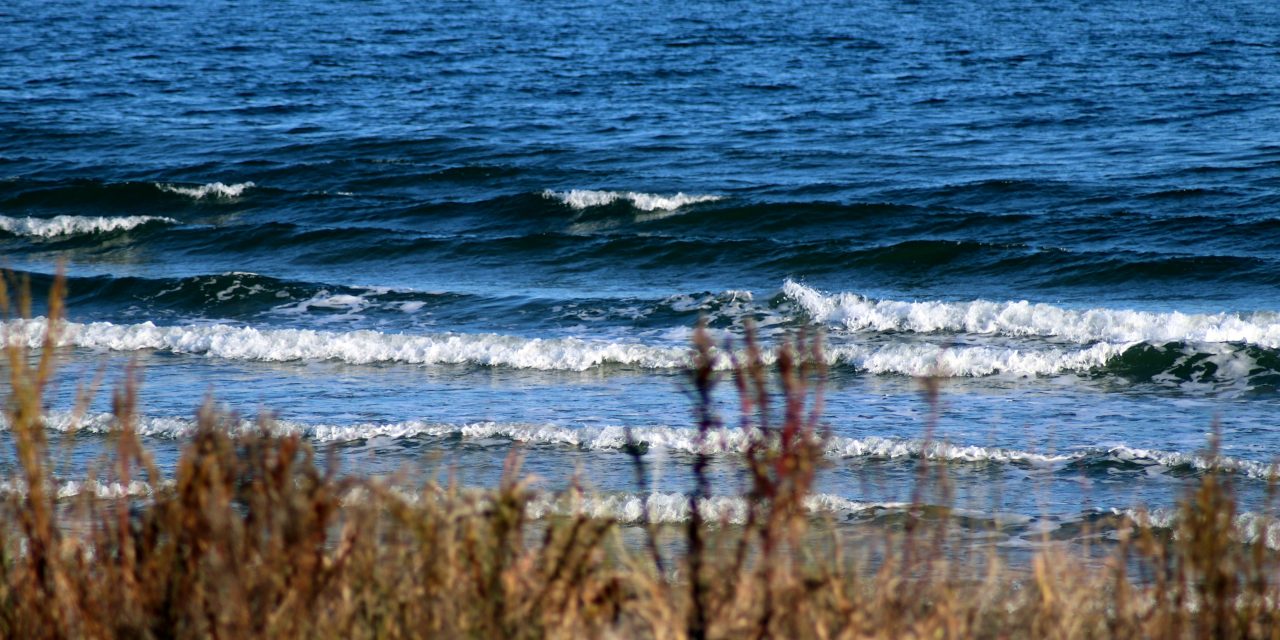The Chesapeake Bay Program (CBP; Annapolis, Maryland), a group of government representatives, nonprofits, and academics who focus on restoring the largest estuary in the U.S., has selected a new digital modeling platform to underpin the future of its water quality monitoring work.
Digital models often excel at predicting how and where water will move throughout a given area, as well as the potential effects of those movements on water quality. Typically, these models take advantage of the known linear relationships between hydrological factors like elevation and vegetation and how runoff will react, providing useful data on storm surge, nutrient mobilization, and other concerns. Models often have a harder time, however, predicting how water will behave in areas like the Chesapeake Bay watershed, which contains countless shallow, transitional zones between inland waterways and the sea. At these points where rivers and streams meet the ocean, the physical relationships between topography and runoff behavior are blurrier, subject to a far more expansive set of variables that require more computational power to process.
With its capacity to account for this nonlinearity more accurately and comprehensively than the models CBP currently uses, the Semi-implicit Cross-scale Hydroscience Integrated System Model (SCHISM) platform will help ensure CBP partners are working from the most robust information possible, described U.S. Environmental Protection Agency (EPA) CBP Program Office modeling coordinator Lewis Linker. SCHISM will enter operational use beginning in 2025.
“SCHISM is state-of-the-science and will become the main bay model in a new suite of integrated CBP models, replacing the award-winning bay model used successfully by the CBP for more than three decades,” Linker said in a January release.
Precision and Versatility
SCHISM is the product of more than a decade of development by the U.S National Oceanic and Atmospheric Administration (NOAA) and modeling experts in nine countries, led by Joseph Yang of the Virginia Institute of Marine Science (VIMS) at the College of William & Mary (Gloucester Point, Virginia). Zhang described that SCHISM was designed to work seamlessly alongside other models that provide data on air quality, ocean chemistry, climate change projections, and more, making it an ideal fit for large-scale, interdisciplinary restoration projects like that of the Chesapeake Bay.

“SCHISM offers a comprehensive modeling system that includes physics, chemistry, and biology while coupling with other components like the atmosphere in a parallel framework,” Zhang said in a release. “All of these characteristics make the model bona fide ‘next-gen.’”
The tool will fully render the nearly 13,000-km2 (5,000-mi2) Chesapeake Bay watershed at ultra-high resolution, able to account for details at the scale of less than 1 m (3 ft.). Its precision, Zhang described, largely results from SCHISM’s “unstructured grid” format — while most models split a study area into cells of roughly equal size and shape, cells generated by SCHISM adapt to their contents. For example, the model will deploy smaller, more detailed cells in areas likely to affect Chesapeake Bay water quality, such as the mouth of a tributary. Cells will also distort their shapes to match the coastlines they may contain.
For the Chesapeake Bay, Linker said, these enhanced modeling capabilities can provide a better picture of nutrient flow through runoff, including earlier detection of algal blooms. But SCHISM’s versatility and ability to mesh with other models have led to its previous adoption by watershed stakeholders around the world, including to track factors affecting storm surge during Hurricane Florence in 2018, movement of radioactive material through waterways after the 2011 Fukushima Daiichi Nuclear Power Plant disaster in Japan, and to monitor threats to aquaculture in New Zealand.
Open to Change
Key to SCHISM’s advantage over CBP’s current Chesapeake Bay model is its ability to incorporate various predictions of climate change impacts on the region and assess their likelihood to affect water quality parameters, explained Kirk Havens, director of the VIMS Center for Coastal Resources Management, in a statement.
“Existing and impending changes in precipitation patterns, sea level, and groundwater require a model that can integrate across water and land in order to better prepare coastal and inland systems,” Havens said. “SCHISM’s next-generation capability offers an essential planning tool as climate change continues to impact communities and economies not just in the Bay but around the world.”
The way SCHISM deploys study cells across the watershed will mean it can continually adapt to gradual yet dramatic changes that reshape Chesapeake Bay topography, Zhang added.
“The previous bay model stops at the current shoreline, but that is projected to move landward as sea level rises in the coming decades. SCHISM’s more detailed shoreline will allow much better coupling with the next-gen watershed and airshed models CBP is developing, thus leading to more detailed and localized predictions for climate-change impact.”
Learn more about SCHISM at the VIMS website. Learn more about the challenges involved with modeling the Chesapeake Bay at the CBP website.
Top image courtesy of Richard Alexander/Pixabay

ABOUT THE AUTHOR
Justin Jacques is editor of Stormwater Report and a staff member of the Water Environment Federation (WEF). In addition to writing for WEF’s online publications, he also contributes to Water Environment & Technology magazine. Contact him at jjacques@wef.org.






